Photo Gallery for Acleris maculidorsana - Stained-back Leafroller Moth | 50 photos are available. Only the most recent 30 are shown.
|
 | Recorded by: K. Bischof on 2024-04-18
Transylvania Co.
Comment: | 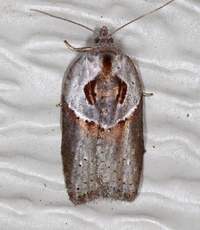 | Recorded by: Jim Petranka on 2024-04-14
Madison Co.
Comment: |
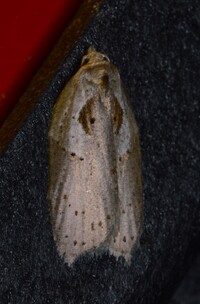 | Recorded by: Stephen Dunn on 2024-03-07
Orange Co.
Comment: | 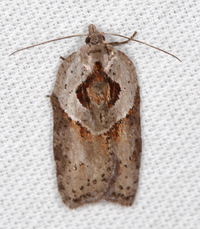 | Recorded by: Jim Petranka on 2024-03-04
Madison Co.
Comment: |
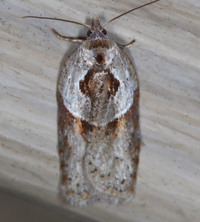 | Recorded by: Jim Petranka on 2024-01-26
Madison Co.
Comment: | 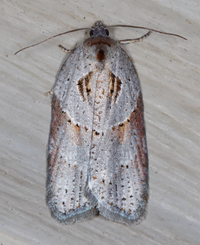 | Recorded by: Jim Petranka on 2023-10-27
Madison Co.
Comment: |
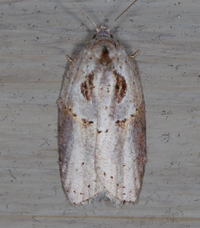 | Recorded by: Jim Petranka on 2023-04-18
Madison Co.
Comment: | 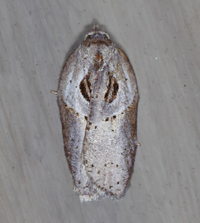 | Recorded by: Jim Petranka on 2023-04-12
Madison Co.
Comment: |
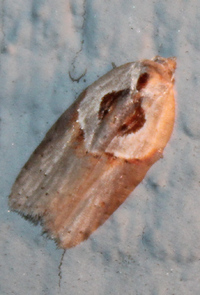 | Recorded by: Vin Stanton on 2023-03-25
Buncombe Co.
Comment: | 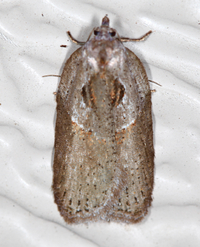 | Recorded by: Jim Petranka on 2023-03-05
Madison Co.
Comment: |
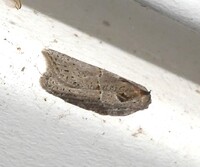 | Recorded by: Simpson Eason on 2023-02-27
Durham Co.
Comment: | 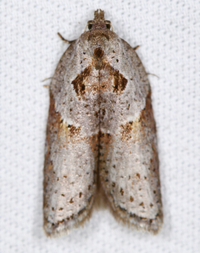 | Recorded by: Jim Petranka on 2023-01-02
Madison Co.
Comment: |
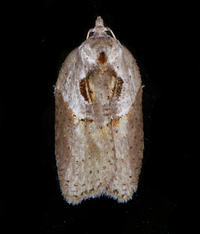 | Recorded by: Jim Petranka on 2022-04-21
Madison Co.
Comment: | 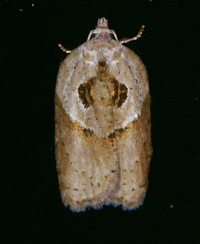 | Recorded by: Jim Petranka on 2022-03-31
Madison Co.
Comment: |
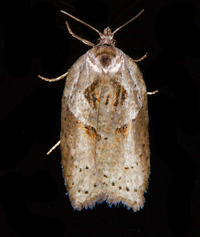 | Recorded by: Jim Petranka on 2022-03-30
Madison Co.
Comment: | 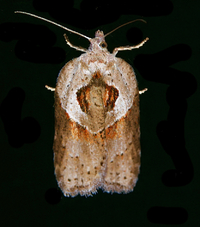 | Recorded by: Jim Petranka on 2022-03-23
Madison Co.
Comment: |
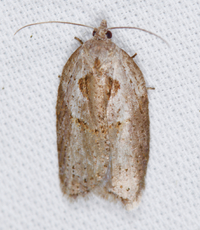 | Recorded by: Jim Petranka on 2022-03-06
Madison Co.
Comment: | 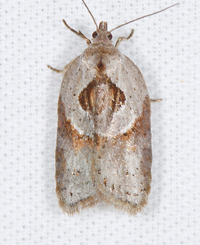 | Recorded by: Jim Petranka on 2021-12-17
Madison Co.
Comment: |
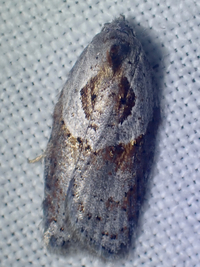 | Recorded by: tom ward on 2021-10-29
Buncombe Co.
Comment: | 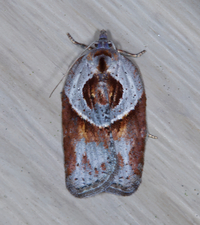 | Recorded by: Jim Petranka on 2021-10-21
Madison Co.
Comment: |
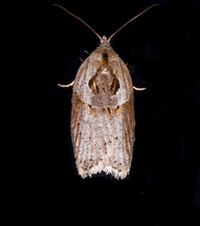 | Recorded by: Jim Petranka on 2021-04-28
Madison Co.
Comment: | 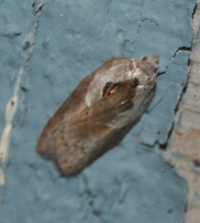 | Recorded by: Vin Stanton on 2021-04-15
Buncombe Co.
Comment: |
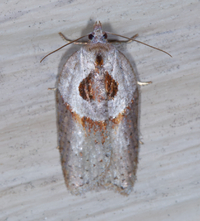 | Recorded by: Jim Petranka on 2021-04-09
Madison Co.
Comment: | 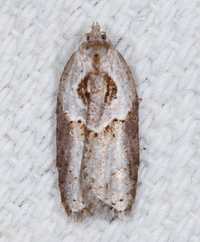 | Recorded by: Jim Petranka on 2021-04-05
Madison Co.
Comment: |
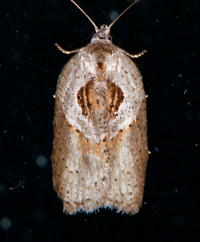 | Recorded by: Jim Petranka on 2021-03-26
Madison Co.
Comment: | 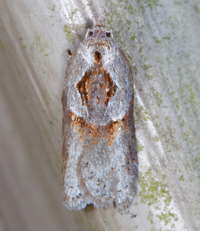 | Recorded by: Jim Petranka on 2021-03-09
Madison Co.
Comment: |
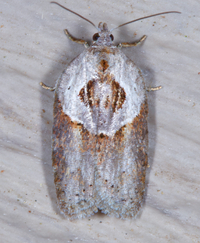 | Recorded by: Jim Petranka on 2021-02-28
Madison Co.
Comment: | 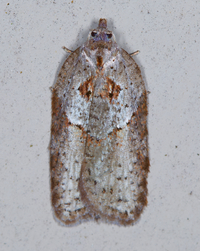 | Recorded by: Jim Petranka on 2021-02-24
Madison Co.
Comment: |
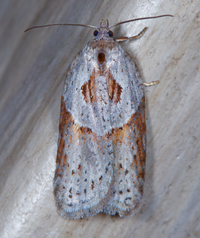 | Recorded by: Jim Petranka on 2020-12-31
Madison Co.
Comment: | 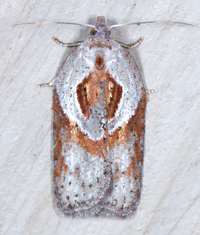 | Recorded by: Jim Petranka on 2020-12-10
Madison Co.
Comment: |
|